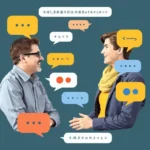Cultural Context Adjustments
Introduction
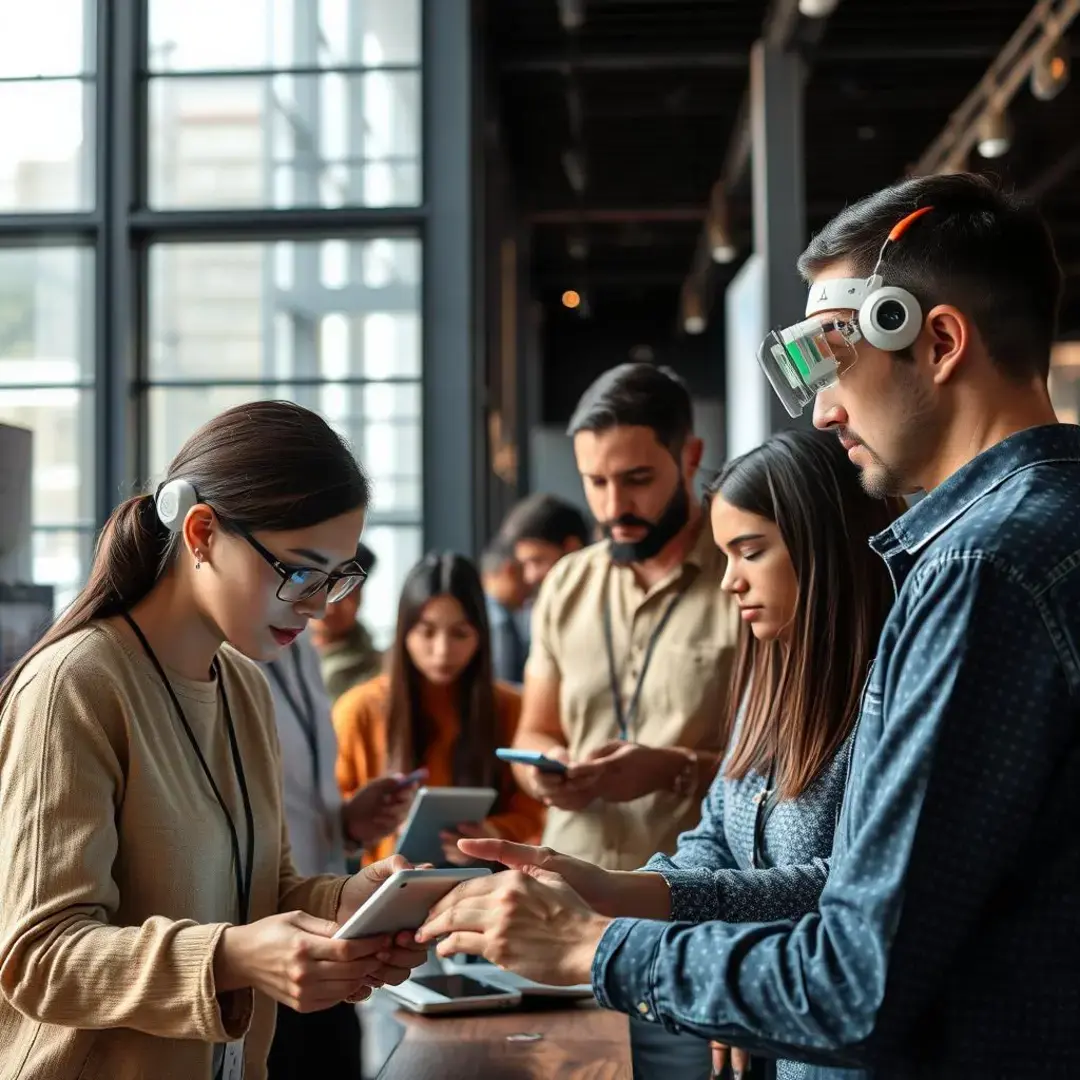
Overview of Cultural Context Adjustments in Real-Time Translation Tools
In today’s globalized world, effective communication across different cultures has become paramount. Real-time translation tools are evolving rapidly to not just convert languages, but also to incorporate cultural context adjustments that enhance understanding. These adjustments ensure that messages are conveyed appropriately, taking into account the nuances of each culture’s social norms, idioms, and emotional expressions. As a result, users can engage more authentically with others, reducing misunderstandings that can arise from direct translations.
Key Trends in Cultural Context Adjustments
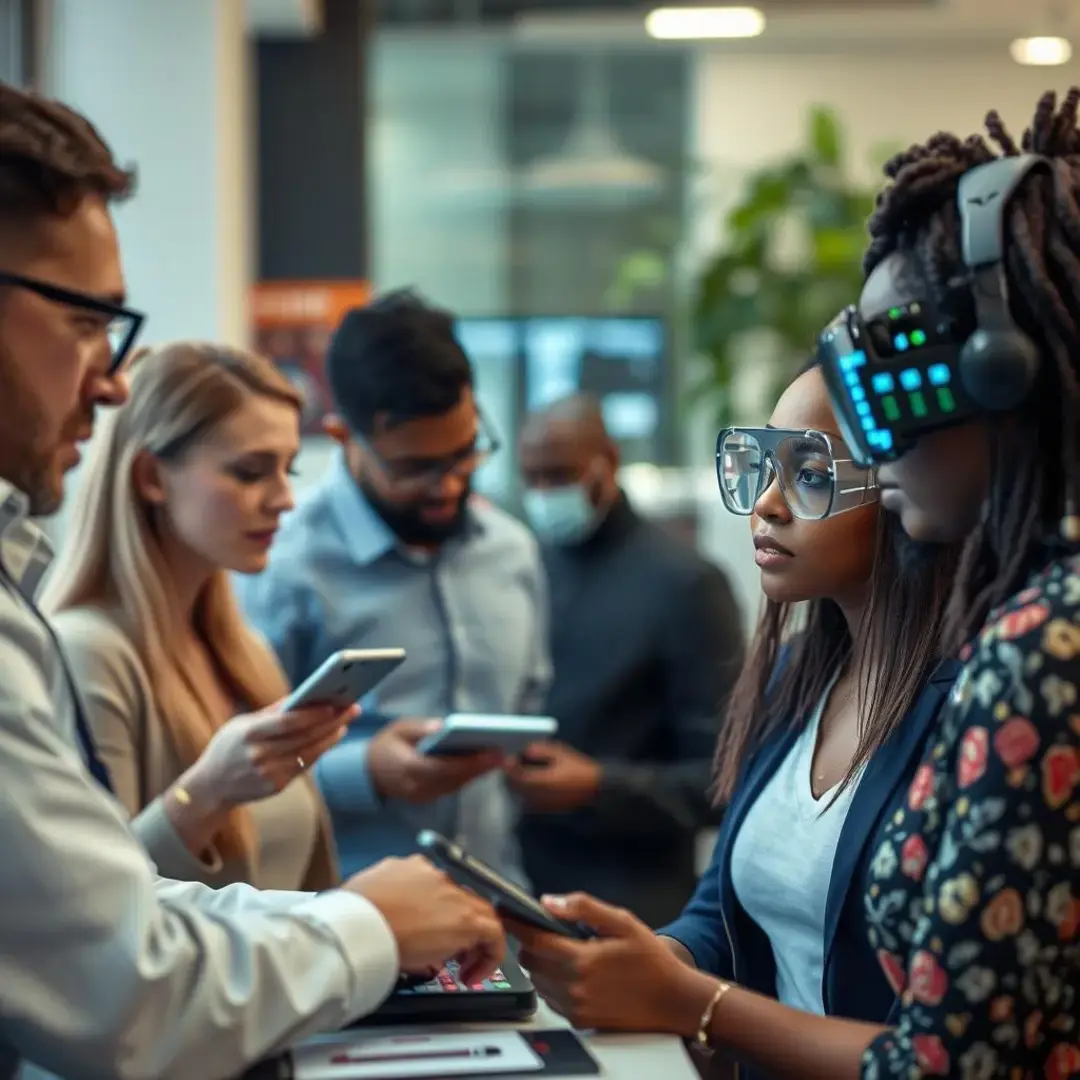
Emerging Trends
One notable trend is the growing emphasis on non-verbal communication elements, such as tone and body language. Developers are innovating ways to interpret these cues, making translations more aligned with the intended context. For example, a smile in some cultures may signify friendliness, while in others, it could indicate embarrassment. Recognizing these subtleties is becoming essential for effective translation and interaction.
Another emerging trend involves AI-powered cultural sensitivity training that is integrated into translation applications. This technology teaches users about cultural norms and practices before engaging in a conversation. By providing insights into appropriate language use and behaviors, these tools empower users to communicate with confidence and respect, fostering better relationships across cultures.
Industry Impact
The implications of these cultural context adjustments are particularly impactful in the realm of global business communication. Companies operating internationally benefit from tools that facilitate not just language translation but also cultural competence. This capability can lead to improved negotiations, partnerships, and customer relations, ultimately driving success in diverse markets.
Furthermore, the ability to understand and appreciate cultural differences enhances cross-cultural collaboration. Teams composed of members from various backgrounds can work more cohesively when they are equipped with tools that acknowledge and adapt to their unique cultural contexts. This leads to more innovative solutions as diverse perspectives are valued and integrated into the collaborative process.
Challenges and Limitations
Despite the advancements, there remain several technical challenges in implementing accurate cultural context adjustments. Achieving a deep understanding of various cultures requires vast amounts of data and a nuanced approach that can be difficult for AI to grasp. As a result, some translations might still miss the mark, potentially leading to misunderstandings.
Moreover, ethical considerations surrounding bias in AI technology cannot be overlooked. Developers must ensure that their systems are designed to be as fair and representative as possible. Biases can lead to cultural insensitivity, further complicating communication rather than enhancing it, thereby exacerbating misunderstandings and reinforcing stereotypes.
Future Outlook

Future Developments
Looking ahead, one exciting area for future development is the integration of cultural context into virtual reality (VR). As VR technology continues to evolve, it offers unique opportunities for immersive language and cultural learning experiences. Users could practice real-life interactions in a safe environment, gaining insights into cultural nuances that might otherwise be overlooked.
Additionally, the creation of personalized cultural context profiles could provide users with tailored experiences that reflect their individual backgrounds and preferences. Such advancements would allow translation tools to adapt more effectively to the user’s context, enhancing the overall communication experience.
Market Predictions
Market analysts predict a significant growth in the cultural context adjustment market. As businesses and individuals increasingly prioritize effective communication in global settings, the demand for sophisticated translation tools will continue to rise. This trend will drive further innovation and investment in developing these technologies.
Moreover, there will be an increased demand for culturally sensitive translation tools as consumers become more aware of the importance of understanding context. This shift is likely to lead to the emergence of specialized applications designed for different industries, such as tourism, education, and healthcare, which require a higher level of cultural competence.
Potential Impact on Users
The implementation of these innovative technologies will have a profound impact on user experience. Users will find that their interactions become smoother and more meaningful, leading to a greater feeling of connection with others. This evolution will enhance user satisfaction, promoting loyalty and continuous engagement with translation tools.
Furthermore, the overall communication effectiveness will improve as users are equipped with tools that consider cultural nuances. Users will be less likely to encounter miscommunications and more likely to engage successfully with diverse audiences, thereby fostering tolerance and understanding among different cultures.
How to Choose the Right App
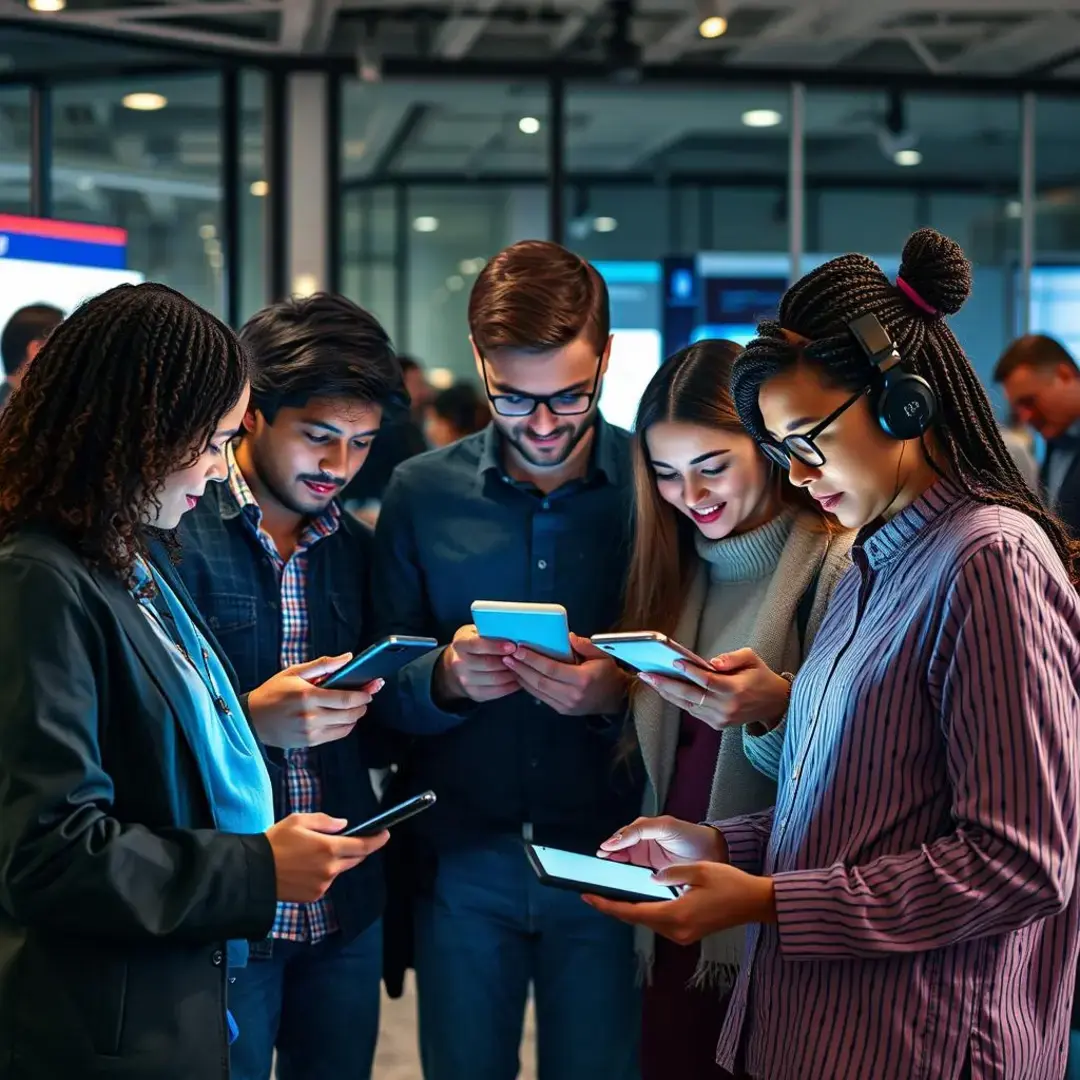
Step-by-Step Guide
The first step in choosing the right app is to identify your specific needs. Consider the contexts in which you will be using the app and the types of interactions you will need to facilitate. This understanding will help guide your selection process.
Next, conduct thorough research on available apps and compare their features. Look for user reviews and expert recommendations to find tools that excel in cultural context adjustments. This information is critical for making an informed decision.
Finally, once you have narrowed down your options, test the app in real-world scenarios. By using the application in practical situations, you can evaluate its effectiveness and ease of use, ultimately ensuring that it meets your communication needs.
Conclusion
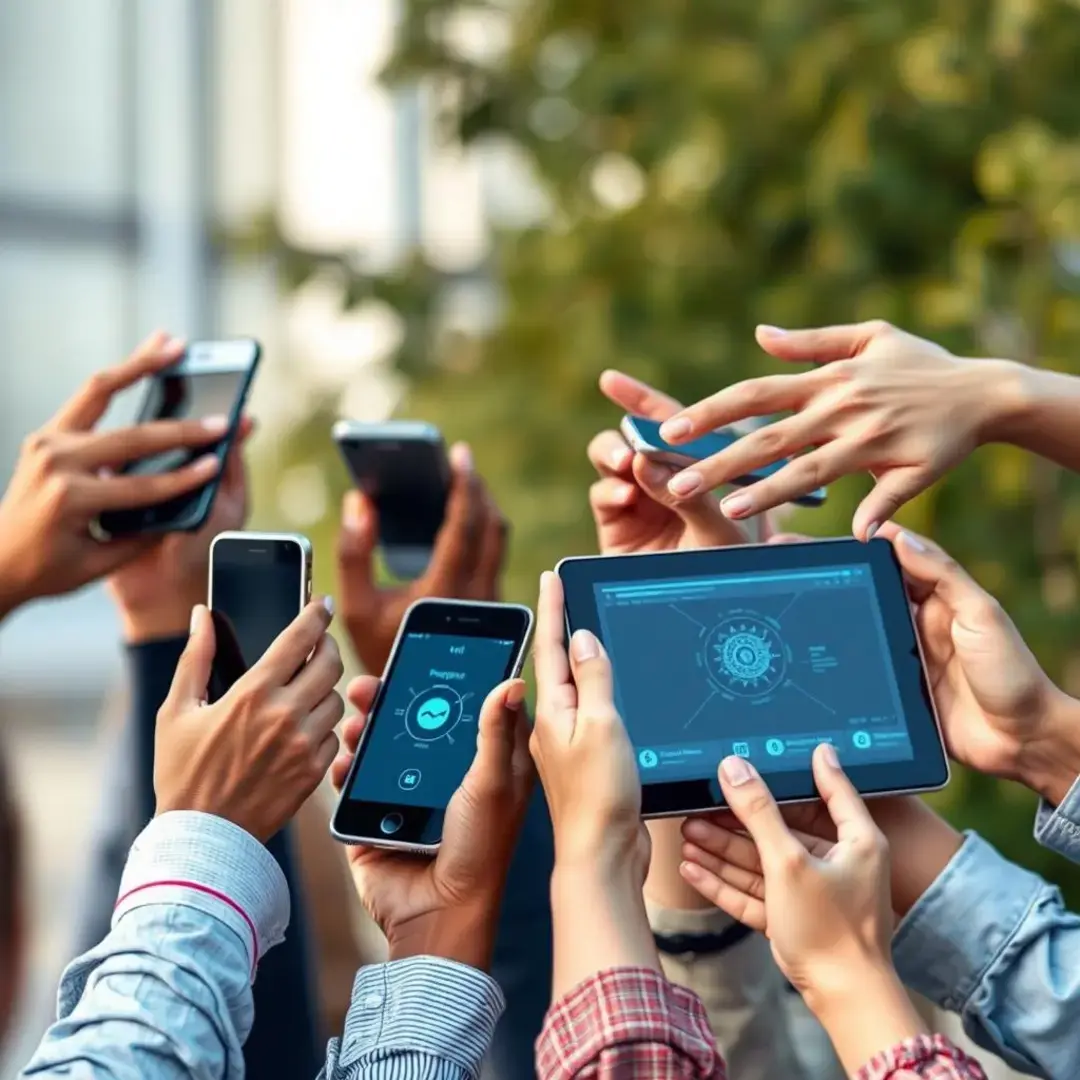
In conclusion, cultural context adjustments in real-time translation tools represent a critical advancement in bridging communication gaps across cultures. As technology continues to evolve, the emphasis on understanding cultural nuances will only grow stronger, making these tools invaluable for global interactions. By considering key trends, future developments, and the potential impact on users, we can appreciate the importance of these adjustments in enhancing communication. Ultimately, choosing the right application will empower users to engage meaningfully in a multicultural world.
Factors to Consider
When selecting a translation app, one of the key factors to consider is the accuracy of cultural context adaptation. Users should look for applications that offer real-time feedback on cultural appropriateness and provide examples that illustrate the nuances of language within varying contexts. This feature will be crucial for effective communication.
Additionally, users should evaluate the language support and customization options offered by the app. The best applications will provide support for a variety of languages and allow users to customize their experience based on their specific needs. This flexibility ensures that users can communicate effectively in diverse cultural settings.

